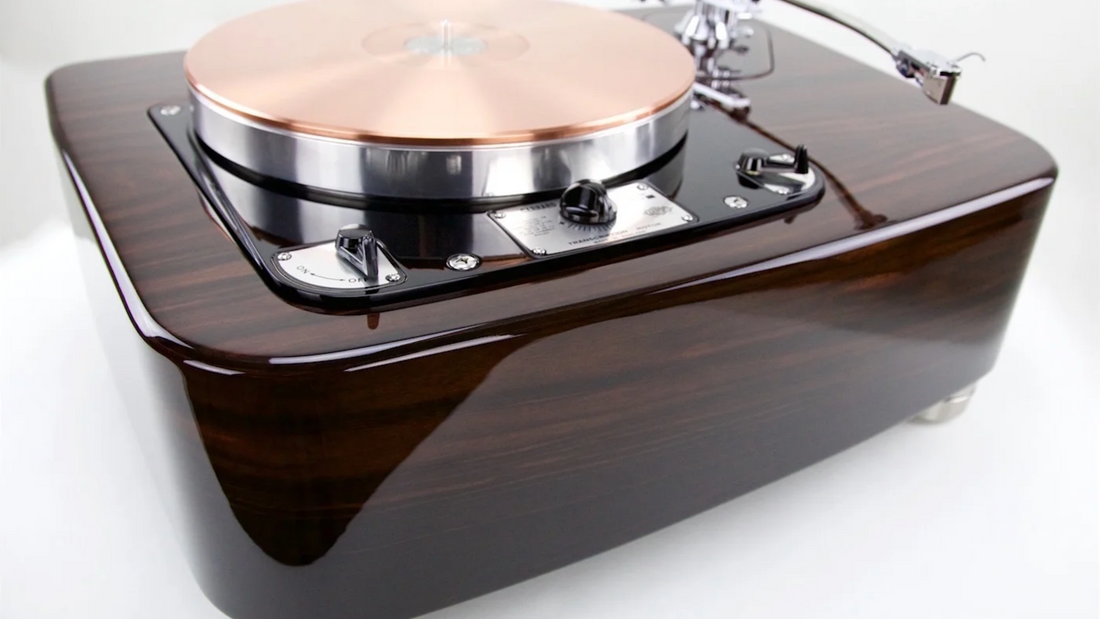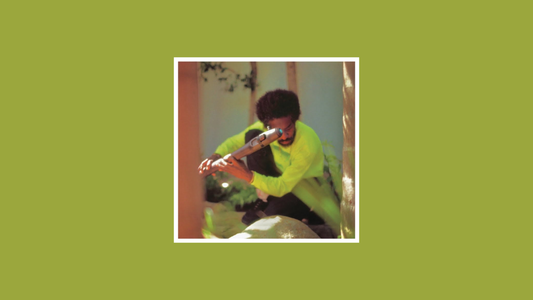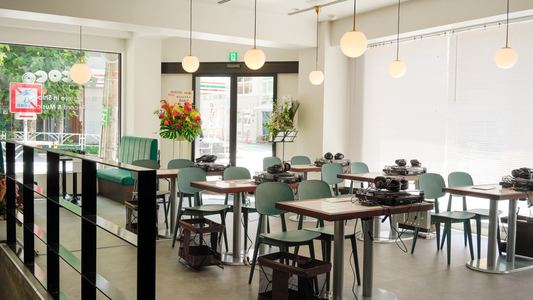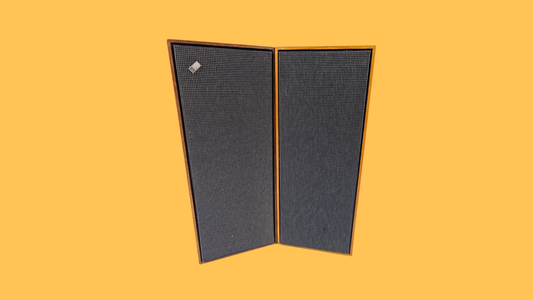
Garrard — The Idler That Refused to Die
By Rafi Mercer
There is a sound that seems to come not from the record but from the machinery itself — a kind of authority in the groove, as if the music is being carved into the room with industrial certainty. That is the character of a Garrard. To watch a 301 or 401 idler-drive turntable at work is to glimpse a different era of engineering: heavy, mechanical, unapologetically robust. It is also to understand why so many listening bars and kissa still trust them as the foundation of their sound.
Garrard began life in Swindon in 1915, originally a clockmaking company that shifted into gramophone motors for the British forces. By the 1950s, their focus had sharpened to transcription turntables, machines designed for broadcast studios and record libraries. The 301, launched in 1954, was the breakthrough — the first idler-drive deck capable of consistent broadcast-quality speed, a machine with torque enough to withstand the rigours of radio and the precision to satisfy engineers.
The idler principle is simple yet commanding: a rubber wheel sits between motor and platter, transmitting force directly. Unlike a belt-drive’s subtle elasticity, the idler’s grip delivers immediacy. Records start with a sense of propulsion; bass lines carry a kind of physical thrust. In the dim light of a bar, that translates to music that feels grounded, rooted, almost architectural in its presence.
By the 1960s, the Garrard 401 had refined the formula, adding industrial styling and incremental improvements in noise and stability. In Britain, they became the standard for the BBC. In Japan, audiophiles discovered their capacity to drive vast horn systems with unflinching stability. It is in those Japanese kissaten — small, wood-panelled, whisky-scented rooms — that Garrards achieved a second life, powering Western Electric horns and Altec Voice of the Theatre systems with an energy no belt-drive could muster.
There is something deeply human about the way these machines have endured. Garrard the company faltered, changing hands, losing focus, and eventually fading from view. Yet the turntables themselves refused to disappear. Restorers in Tokyo, London, and Berlin still rebuild them with new plinths, tonearms, and bearing upgrades, treating each unit as both relic and weapon. In places like JBS Jazz Bar in Shibuya, the sight of a grey 301 is less nostalgia than declaration: this is how sound is meant to be delivered.
What sets a Garrard apart is not refinement but vitality. Compared with the Swiss elegance of a Thorens or the Japanese precision of a Technics, Garrards bring a rough, almost industrial force. A Coltrane solo on a Garrard doesn’t float; it cuts. A funk bassline doesn’t suggest; it insists. For a listening bar, where the room itself becomes part of the performance, that insistence is part of the spell.
I remember a night in a London bar where a 301 sat in a slate plinth, its platter topped with a slightly scarred Blue Note pressing. When the needle dropped, the room seemed to lock into rhythm, as if the idler wheel itself was dictating the heartbeat. People leaned back, glasses in hand, not so much analysing as surrendering. That is what a Garrard does: it doesn’t invite you to critique, it demands you to feel.
Today, modern revivals like the reborn Garrard 301, produced in small numbers in England, nod to this heritage. But the true magic still lies in those vintage decks, their paint worn, their platters steady, their idler wheels still gripping after half a century. They are proof that sometimes the most enduring sound comes not from refinement but from mechanical conviction.
In the end, Garrard is the idler that refused to die. It is history that still hums in the groove, a machine that keeps music physical, grounded, alive. And in the quiet reverence of a listening bar, it remains a reminder that sometimes weight itself is the greatest fidelity.
Rafi Mercer writes about the spaces where music matters. For more stories from Tracks & Tales, subscribe, or click here to read more.














